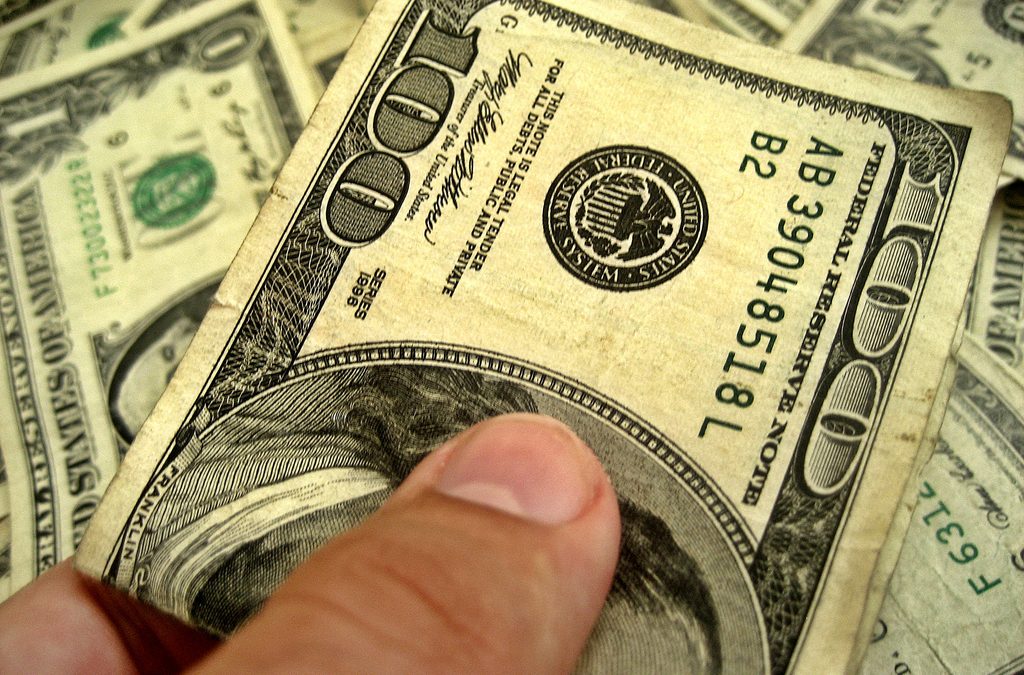The Importance of Understanding the Water Energy Nexus
For many water systems, the electric (or energy) bill is one of the largest expenses regularly incurred by the water utility. It is also one of the most controllable expenses a water utility will have. However, water utility managers oftentimes never see the bill. Understanding your utility’s energy expenses is one of the first steps to controlling and likely reducing your energy expenses.
It takes electricity to produce water. It takes water to produce electricity. Both utilities are vital to a community’s success. Reducing the consumption of one reduces the cost of producing the other. U.S. public drinking water systems use roughly 39.2 billion kWh per year, which corresponds to about 1% of total electricity use in the U.S. (Electric Power Research Institute, Water Research Foundation, November 2013) The electricity industry is second only to agriculture as the largest user of water in the United States. U.S. citizens may indirectly depend upon as much water turning on the lights and running appliances as they directly use taking showers and watering lawns. (Sandia National Laboratories, 2014) For the most part, both utilities are facing issues such as aging infrastructure, sustainability and climate change. We cannot assume the future is like the past in terms of climate, technology, and the evolving decision landscape. Aging infrastructure brings an opportunity to make some changes (Department of Energy, 2014)
There are many ways that a water utility can better control and likely reduce the energy bill. Make sure you understand how the energy utility charges you (contact the energy provider for clarification if needed). Also, understand how your system is using energy. Pumping is almost always the highest consumer of energy within a water system. Understanding how and when those pumps (and other energy consumers) are using energy can allow for consideration of simple operational changes that can lead to potentially significant cost savings. Take a look at your water loss numbers as well. If you are spending money to produce clean water that isn’t being sold, but is leaking out of the distribution system, you may need to consider a water loss assessment.
End users can also benefit by understanding the water energy nexus. Conserving water will also conserve energy in the household. EPA is encouraging the use of WaterSense labeled products. EPA’s WaterSense group estimates that leaving a faucet run for 5 minutes uses as much energy as leaving a 60 watt light bulb on for 22 hours.
To learn more about the water energy nexus and how to control and potentially reduce your energy use go to efcnetwork.org.
Photo by: 401kcalculator.org


Recent Comments